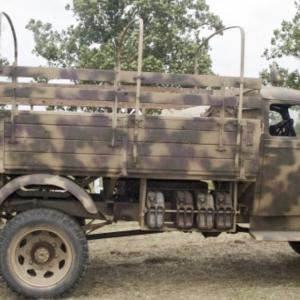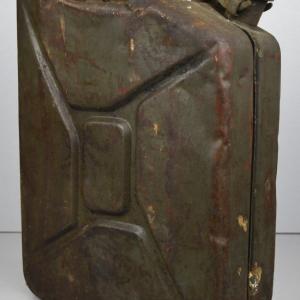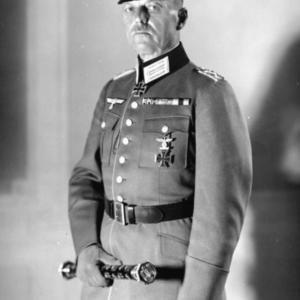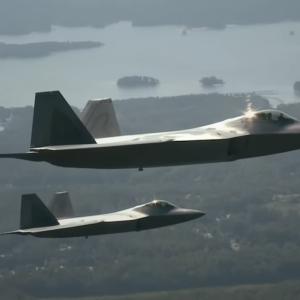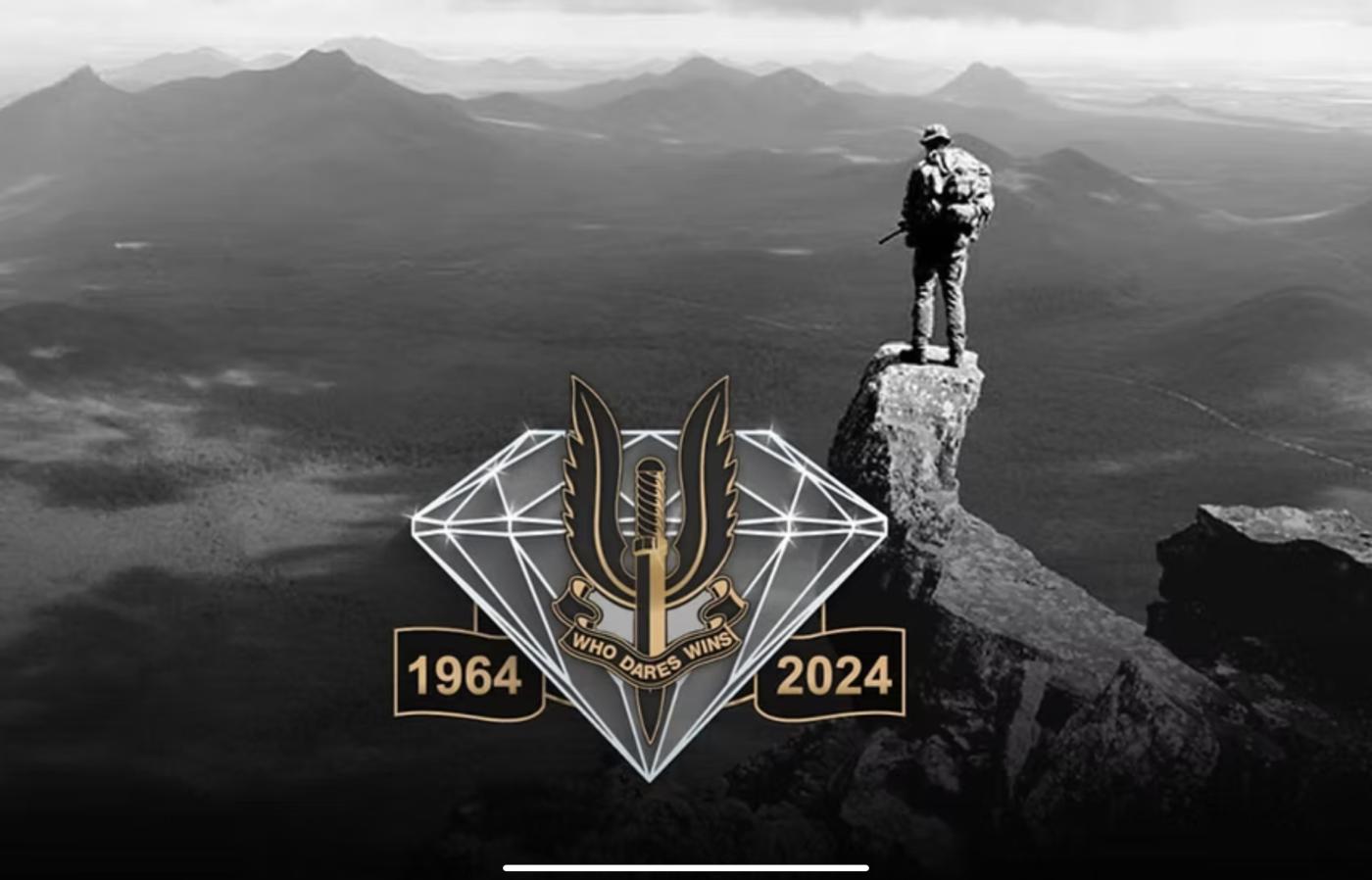
Australian SAS
The Australian Special Air Service Regiment (SASR) was officially formed on 25 July 1957. Its creation was inspired by the success of the British Special Air Service during World War II and the Malayan Emergency. Initially established as a company within the Royal Australian Regiment, the unit later expanded and was designated a full regiment in 1964. The SASR is headquartered at Campbell Barracks in Swanbourne, a suburb of Perth in Western Australia. It is part of the Australian Army’s Special Operations Command and is widely considered one of the most elite military units in the Australian Defence Force (ADF).
The regiment is organised into several operational squadrons, each with distinct specialisations. These include 1 Squadron, responsible for direct action and counter-terrorism; 3 Squadron, which focuses on long-range reconnaissance and surveillance; and 4 Squadron, which was raised in 2005 for intelligence support roles. There is also a Specialist Support Squadron that handles signals, medical support, and bomb disposal, along with a dedicated Training Squadron. Until its disbandment in 2020, 2 Squadron was also part of the regiment, but it was dissolved following the release of the Brereton Report, which investigated war conduct in Afghanistan.
SASR soldiers have been deployed in a wide variety of operations since the 1960s. Their first significant overseas deployment occurred during the Indonesia-Malaysia Confrontation in Borneo in 1965–1966, where they conducted deep jungle reconnaissance. During the Vietnam War from 1966 to 1971, SAS patrols engaged in long-range missions, frequently operating far behind enemy lines to gather intelligence and launch ambushes. In 1999, the regiment played a key role in East Timor as part of the INTERFET peacekeeping force, providing critical reconnaissance and security for other Australian and allied units.
Since the 2000s, SASR soldiers have been heavily involved in counter-insurgency and special operations in the Middle East. In Afghanistan, they served between 2001 and 2013 and again from 2015 to 2021, conducting raids, gathering intelligence, and training local security forces under Operations Slipper and Highroad. In Iraq, they took part in the early phases of the Iraq War in 2003, involved in securing airfields and providing protection to Australian diplomatic staff. At home, the SASR is a central component of Australia’s domestic counter-terrorism efforts. The regiment forms the Tactical Assault Group (West), one of two elite rapid-response units capable of responding to terror threats across the country.
The SASR is equipped with a wide range of modern weapons tailored to suit various mission requirements. Their primary rifles include the Heckler & Koch HK416, which is standard issue for both urban and field operations, and the HK417 and SR-25 rifles for marksman roles. For heavy firepower, they carry MAG 58 and MK 48 machine guns. Snipers may use the Accuracy International AW50 or Barrett M82A1, which are capable of penetrating vehicles and fortified positions. Soldiers typically carry sidearms such as the Glock 19 or SIG Sauer P226. Equipment also includes night vision devices, thermal scopes, encrypted communication gear, parachutes for HALO (High Altitude Low Opening) and HAHO (High Altitude High Opening) jumps, and underwater diving gear for maritime operations. Depending on the mission, they may be deployed using helicopters like the Black Hawk, high-speed boats, or all-terrain vehicles.
Training for the SASR is widely regarded as one of the most demanding military selection processes in the world. Applicants must already be serving in the Australian Defence Force and pass a series of preliminary assessments before being invited to the SASR selection course. This three-week phase tests candidates to their physical, mental, and emotional limits through forced marches, navigation exercises, sleep deprivation, and problem-solving under extreme stress. Successful candidates move into the Reinforcement Cycle, a training period that lasts 12 to 18 months and covers advanced combat skills such as close-quarters battle, survival and evasion, combat diving, parachuting, demolitions, and advanced marksmanship. Only around 10 to 15 percent of those who begin the selection process successfully complete it.
The exact number of SASR personnel is classified, but estimates suggest the unit has between 300 and 700 operational soldiers at any given time. Including support staff, the total regiment size may exceed 1,000. Due to the nature of their work, SASR operations are highly confidential and rarely acknowledged publicly. Many of their missions are never officially reported, and the identities of the soldiers involved are closely guarded to protect national security and their personal safety.
The SASR plays a vital role in both Australia's international defence commitments and its domestic security framework. From covert jungle patrols in Southeast Asia to urban counter-terrorism readiness at home, the regiment remains one of the most capable and respected special forces units in the world.

